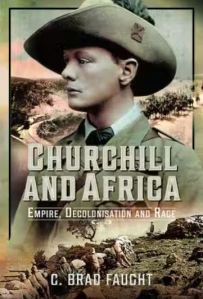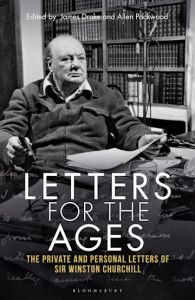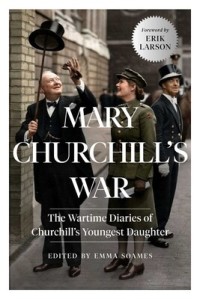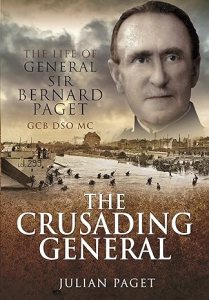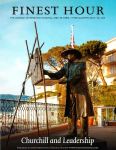Winston Churchill was nearly killed in a car accident in New York City on December 13, 1931.
Churchill arrived in New York by ship four days before the accident to begin a lecture tour of the United States and Canada. Late on the evening of December 13th, he was invited around to the home of his great friend the financier Bernard Baruch, a ten minute drive from his room at the Waldorf-Astoria hotel. Only when he was leaving the hotel did Churchill remember that he did not know Baruch’s actual house number. He knew it was on Fifth Avenue. With Baruch’s home address not listed in the telephone directory, Churchill hailed a taxi thinking he could recognize the house if he drove down Fifth Avenue. He had visited it many times on his previous visit to New York in 1929. For an hour Churchill scoured Fifth Avenue from the cab, but no house seemed familiar. At 10:30 PM Churchill asked the driver to stop the cab on the Central Park side of the avenue, between Seventy-sixth and Seventy-seventh streets. He intended to cross the road and find the likely house on foot. He was, in fact, ten blocks away from Baruch’s house at 1055 Fifth Avenue. Paying the fare, including a tip, he left the taxi.
Churchill checked for oncoming traffic as he would at home in England and tried to cross the road against the lights during a break of the traffic. At the time, cars flowed in both directions along busy Fifth Avenue. He reached the center of the street and tried to dash the rest of the way, but forgot the American rules of the road and did not look to his right. Only at the last second did Churchill look in that direction and saw a northbound car coming at him at about 35 miles per hour. In the second before he was hit, the then 57-year old Churchill formulated the thought that he was going to run down and killed. The driver of the medium-sized automobile, Mario Contasino, slammed on the brakes. An accident was unavoidable. Churchill was struck and slammed to the pavement three or four feet from the point that the car screeched to a stop. He took the violent impact on his forehead and across his thighs. He later compared the collision to when a German artillery shell had struck the room he was in while serving at the front in World War One.
Seeing the accident, traffic quickly stopped on Fifth Avenue and people rushed out into the street. Despite the force of the crash and being in great pain, Churchill did not lose consciousness. He was able to tell the police officer on the scene his name and particulars – he was already an internationally famous statesman and politician – and added with particular emphasis that he alone had been at fault and entirely to blame for the collision. After a passing ambulance was unable to take Churchill, a taxi driver volunteered to shuttle him to the hospital. Lying unceremoniously on the floor of the cab and accompanied by a police officer, he was taken the short distance to Lenox Hill hospital. During the drive, Churchill became alarmed when he found he was unable to move his hands and feet. By the time he reached the hospital, however, he was again able to move his fingers but was enduring “violent pins and needles” in his upper arms.
Considering that the force of Churchill’s crash was the equivalent of falling 30 feet onto pavement, he could have easily suffered permanent or fatal injuries. As it was he escaped with a severe shock and concussion, a low fever, two cracked ribs, large bruises on his right arm, chest, and leg, a sprained shoulder, slight pleurisy on the right side, and contusions that needed sutures on his forehead and nose. At Lenox Hill, Churchill received a private room and given a detailed examination. Within days he had recovered enough to think about writing a “literary gem” about how it feels to be run over as well as receiving a thirty minute visit from Contasino, who was an unemployed young truck driver from Yonkers and had been checking on Churchill at the hospital nearly every day since the accident. Before Christmas 1931 Churchill was released from the hospital to rest at his hotel and at the end of the month left New York to complete his recovery in the Bahamas. A month later the unstoppable Churchill was back in the US to begin his rescheduled lecture tour. Mario Contasino attended the first New York lecture of the tour.

